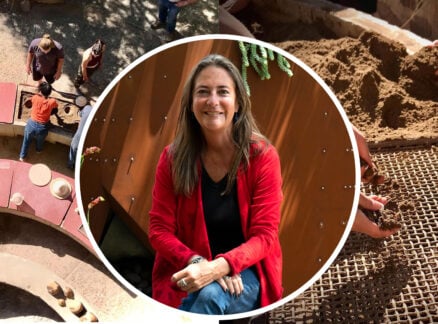
September 11, 2017
Scaffolding Will Get Its Due at a New Center of Architecture Exhibition
An upcoming exhibition looks at the ubiquitous architecture of scaffolding.

In the Big Apple, scaffolding is as ubiquitous as taxicabs and skyscrapers. According to a new map, an estimated 280 miles of scaffolding cover more than 7,000 buildings in the city. Although these sheds are designed to offer temporary protection from falling debris, some of them have remained in place for years, which has contributed to their unpopularity.
To highlight the usefulness of these often-maligned structures, New York’s Center for Architecture presents a new exhibit, Scaffolding. Opening October 2, the show examines the history and applications of scaffolding, giving visitors an appreciation of its transformative qualities. “Scaffolding is omnipresent, and there are strong opinions about it. It’s considered by many to be a bother, but designers and architects are reevaluating how it can be used,” says curator Greg Barton.
Through a sampling of international case studies, time-lapse video footage, and an installation designed by OMA’s Shohei Shigematsu, visitors can see how these structures have evolved over time. Made of any number of materials, from wooden beams during the Renaissance to aluminum tubes in the present, scaffolding has been used in a variety of settings. “The exhibit brings disparate projects together,” notes Barton. “There are emergency relief structures built with what is locally available and nontraditional construction, like creative theatrical stages. Scaffolding can be used to meet the most basic need of shelter, or for leisure activities. There are so many possibilities.”
Each example in the show highlights scaffolding as a flexible system, functional in any environment. In some cases it can even add aesthetic value to exteriors. And as Barton explains, scaffolding enables nonarchitects to become designers, and that distinguishes it from other building components being used today. “Scaffolding is a kit of parts, a rudimentary system. You don’t need to look at drawings; it’s a very intuitive process to put it together. It’s a pragmatic solution that allows unskilled workers to participate in the building process.”
You may also enjoy, A Roof for Everyone: Speculative Designs for the Future of Affordable Housing.









